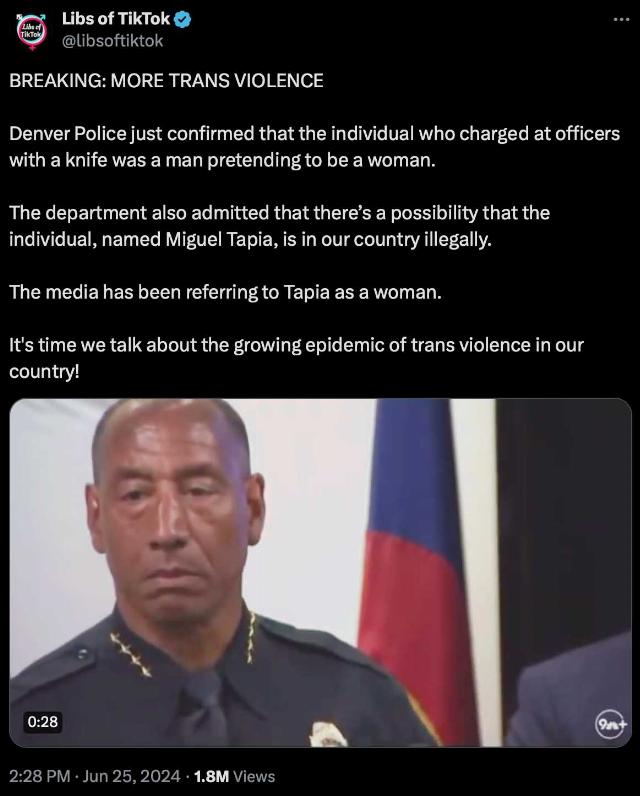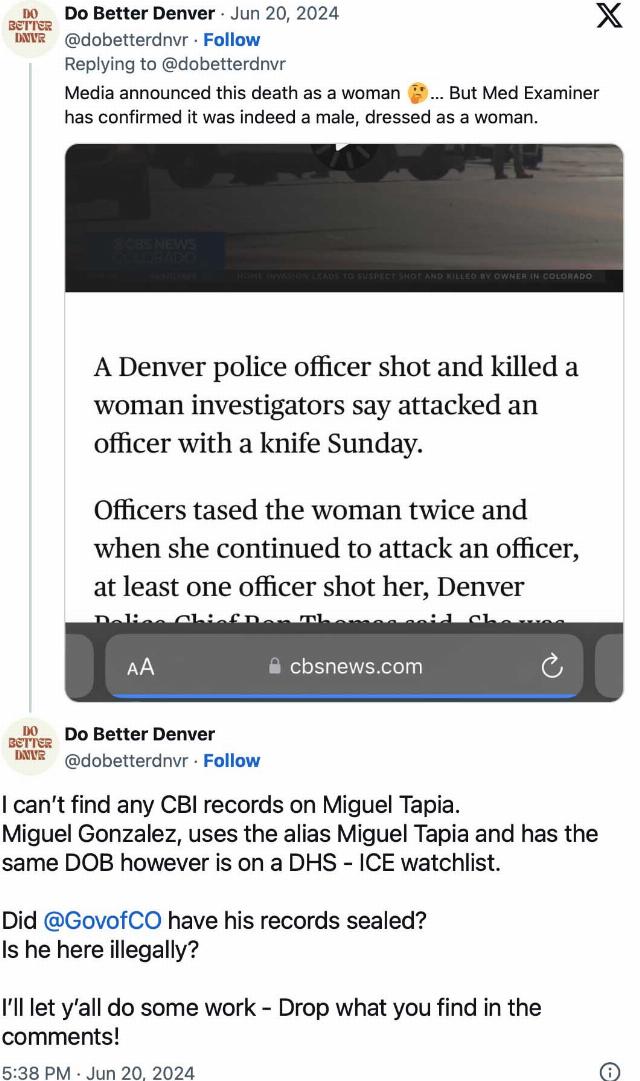Taser lessons for everyone
During my police days in the 90s, an evolution took place in the application of the use of force. Earlier, police weapons were divided into “nonlethal” and “lethal” categories. Firearms, obviously, were lethal, but everything else, such as batons and pepper sprays, were “nonlethal.” Officer all carried knives, which can surely be lethal, but they were more or less ignored as they were thought to be mere cutting tools which were not intended to be used as weapons.
The evolution came as Tasers were invented and widely accepted, and experience demonstrated they, and even pepper spray, could—and did—kill people. Even batons, inappropriately applied to the wrong parts of the body, could and did kill. The new category? “Less lethal,” which required a new focus on training and tactics.
Today, these categories are universally understood and taught, and self-defense and firearm articles often encourage the employment of Tasers and pepper spray to the exclusion of handguns. Women’s magazines and various athletic magazines make the mistake of recommending them as universally effective and viable alternatives to handguns for self-defense.
Hard-won experience caused me to develop the SPOIT Rule, the “Sober Police Officer In Training Rule,” which states sober police officers in clean, dry, well-lit training spaces will tend to be very responsive to less-lethal devices. Crazed, drug-fueled, or just nasty criminals at night, in the rain, in garbage strewn alleys not so much. Cops don’t want to be hurt or injured. Criminals might not much care, and pepper spray and even Tasers don’t bother some people.
It’s a lesson recently learned, yet again, in Denver:

Graphic: X Screenshot
In Denver last week, police officers shot and killed a 52-year-old man pretending to be a woman named Miguel Tapia (no, not the Chilean singer, and yes, a lot of the news outlets still call him a woman) because he was on the intersection of Broadway and Lawrence holding a hunting knife and apparently yelling angrily.
When the cops tried to get him to drop the knife, he instead advanced toward them, forcing them to shoot him dead after two attempts to incapacitate him with a taser failed to slow him down.

Will we ever know precisely why two applications of a Taser failed? Unlikely. If both barbs don’t embed firmly in skin, there will be no shock, and some people are wired differently and aren’t bothered by Tasers. Their physiology might make them immune, or they might be so wired on drugs, they don’t notice, or care about, the application of that much voltage. There’s another Taser lesson, but we’ll get to that shortly.
It appears there is also an illegal immigration, a trans and even a terrorist, angle to this story:

Graphic: X Screenshot
Because of those factors, and because the officers obviously acted lawfully, this is a story that has already died. Denver authorities would likely love to prosecute cops for lawfully killing a trans illegal, because illegal and trans, but because they’d have to get into the whole terrorist watch list issue, which tends to suggest the border really isn’t secure, this one’s going away. It’s also going away because Denver wants to partially defund the police in favor of supporting illegals, which is also something they’d rather not address.
Here’s the other Taser lesson: police officers apply them in situations where they could lawfully immediately use deadly force—their handguns—only because they have backup officers covering their attacker with their handguns. In this case, because two Taser shots were tried, the officers apparently had sufficient time and space to try those less lethal methods before employing gunfire.
It should also be noted that knives are deadly at far greater ranges than one might imagine. Back in 1983, Police trainer Dennis Tueller conducted experiments that indicated the average person armed with a knife could cover a minimum of 21 feet before a police officer could draw and fire. Even at that and greater distances, officers often missed, and even when they did not, momentum was sufficient to carry an attacker and their knife into the officers. Obviously, a faster and more determined attacker would be deadly from greater distances, and no police officer, or anyone else, could know exactly who they were facing.
For citizens, particularly for women, who are not going to have trained and capable backup armed with a handgun in case their Taser or pepper spray fails, those “less lethal” choices could easily be their final choices when things go wrong.
Mike McDaniel is a USAF veteran, classically trained musician, Japanese and European fencer, life-long athlete, firearm instructor, retired police officer and high school and college English teacher. He is a published author and blogger. His home blog is Stately McDaniel Manor.
FOLLOW US ON
Recent Articles
- The Death of the Center-Left in America
- ‘Make Peace, You Fools! What Else Can You Do?’
- When Nuclear Regulation Goes Awry
- The Danger of Nothing
- A New Pope With Courage
- Not in Kansas Any More
- Democrats Dying on the Most Desolate Hills
- If She’s an Astronaut … I’m a Jet Fighter Pilot
- Is the Jihadist Trojan Horse Winning?
- Who Has the Best American Autobiography?
Blog Posts
- Celebrate Earth Day by not burning a Tesla
- Minnesota state bureaucrat charged with vandalizing Teslas to the tune of $20,000 is let off scot-free
- Trump’s plan for Gaza vs. the New York Times
- What’s next for Syria?
- Tulsi Gabbard's latest Biden revelation
- Mexican ammo wranglers
- Rep. Jamie 'Maryland Man' Raskin also threatens Trump supporters
- The eight narrative fallacies that drive American politics
- Summertime reality twisted into climate exasperation
- Life discovered on a distant planet?
- The answer is not blowing in the wind
- Letitia James: it's either/or
- Harvard elitism meets Donald Trump
- The GEC is finally more than mostly dead
- We're not the same






